It’s always a good sign when the weather gets warmer after a frosty winter. And as we move into spring, now is the perfect time to prepare our gardens for new blooms or vegetables.
Before the season arrives, there are some things we can do in our gardens to get it spring-ready! Whether we want to new blooms, vegetables or vibrant flowers to thrive, garden prep work should really be done at the tail end of winter. Plus, this gives any veggies that you are growing the best chance of survival.
Luckily, these things are simple to do, and soon you can go outside and enjoy your garden. Here are things to get your garden ready for spring.
1. Give your garden a ‘spring-clean’
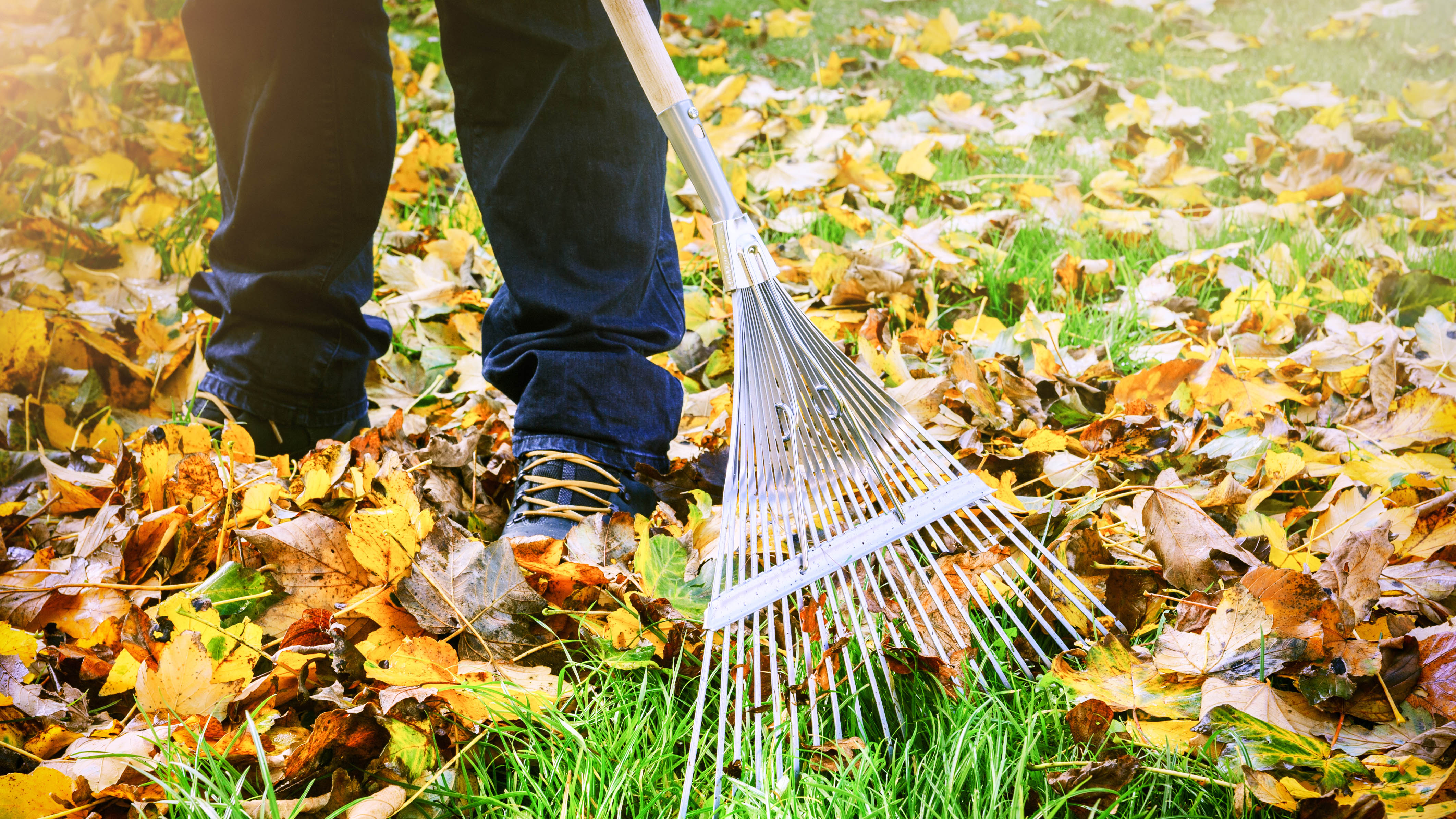
After the winter months, the garden will be in need of a good tidy-up. Sweep up dead leaves with a rake, pull out any weeds around the garden and borders, remove dead branches or plants and add these to your compost pile.
In addition, late winter is the best time to prune (cutback) your plants and old flowers to remove any dead or diseased growth. Prune trees before they ‘leaf out’ to encourage new buds. If you need help, read how to prune hydrangeas and when you should do it or how to prune roses and when to do it for useful tips.
2. Buy some summer-flowering bulbs and seeds
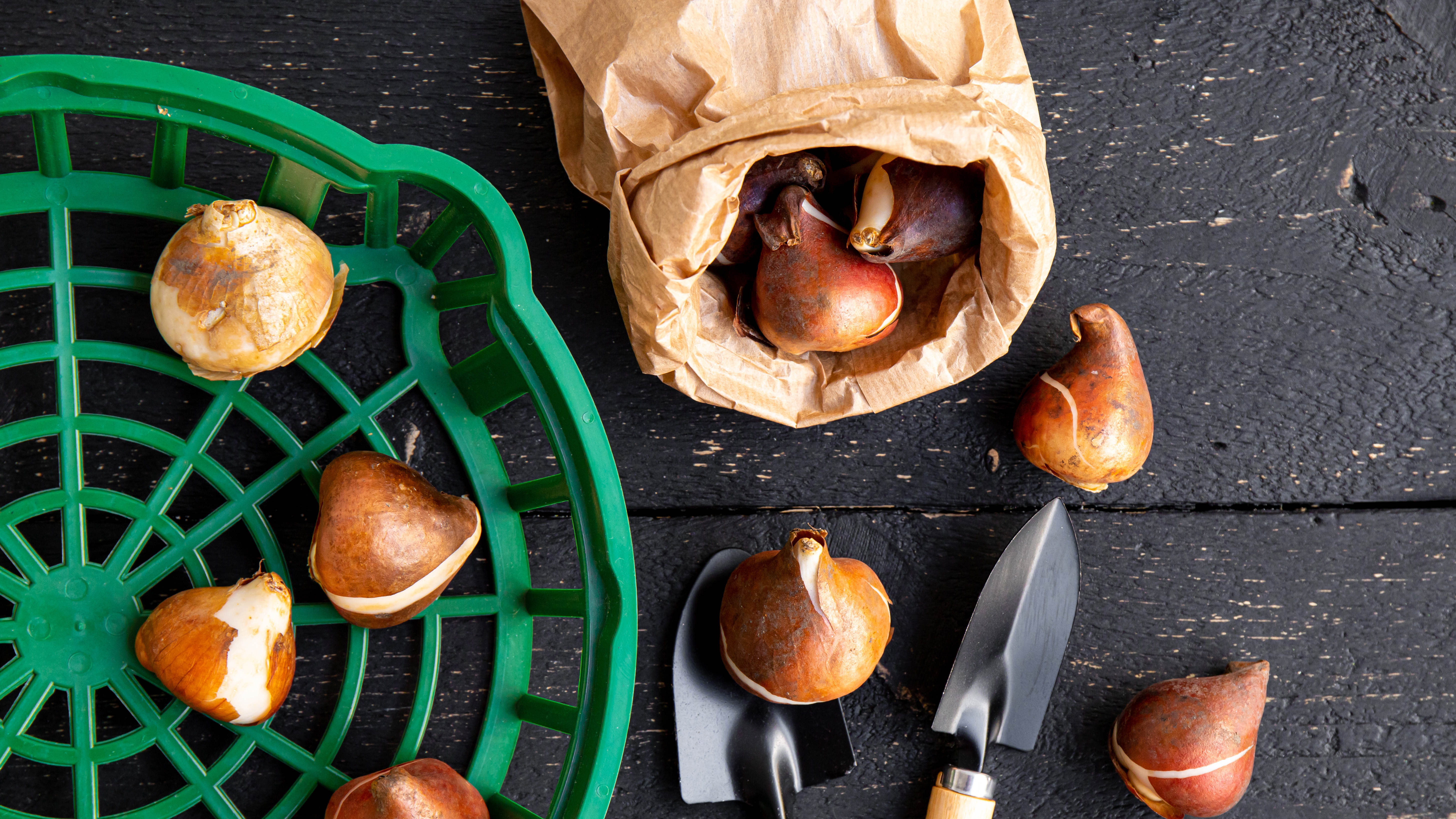
Now is the best time to order some summer-flowering bulbs which are ideal to plant in spring. Flowers such as lilies, dahlia and gladioli can be bought now to plant, and other seeds will benefit from being planted in pots indoors, before being transplanted into the soil.
If you’re a natural ‘greenfinger’ and have a seed collection, always check the condition. If they are moldy or past their expiration date, these will not be good to grow and need to be replaced.
However, if you don’t want to wait until summer, you can always pick up some ready-to-go plants that will look stunning in spring.
3. Prepare the soil
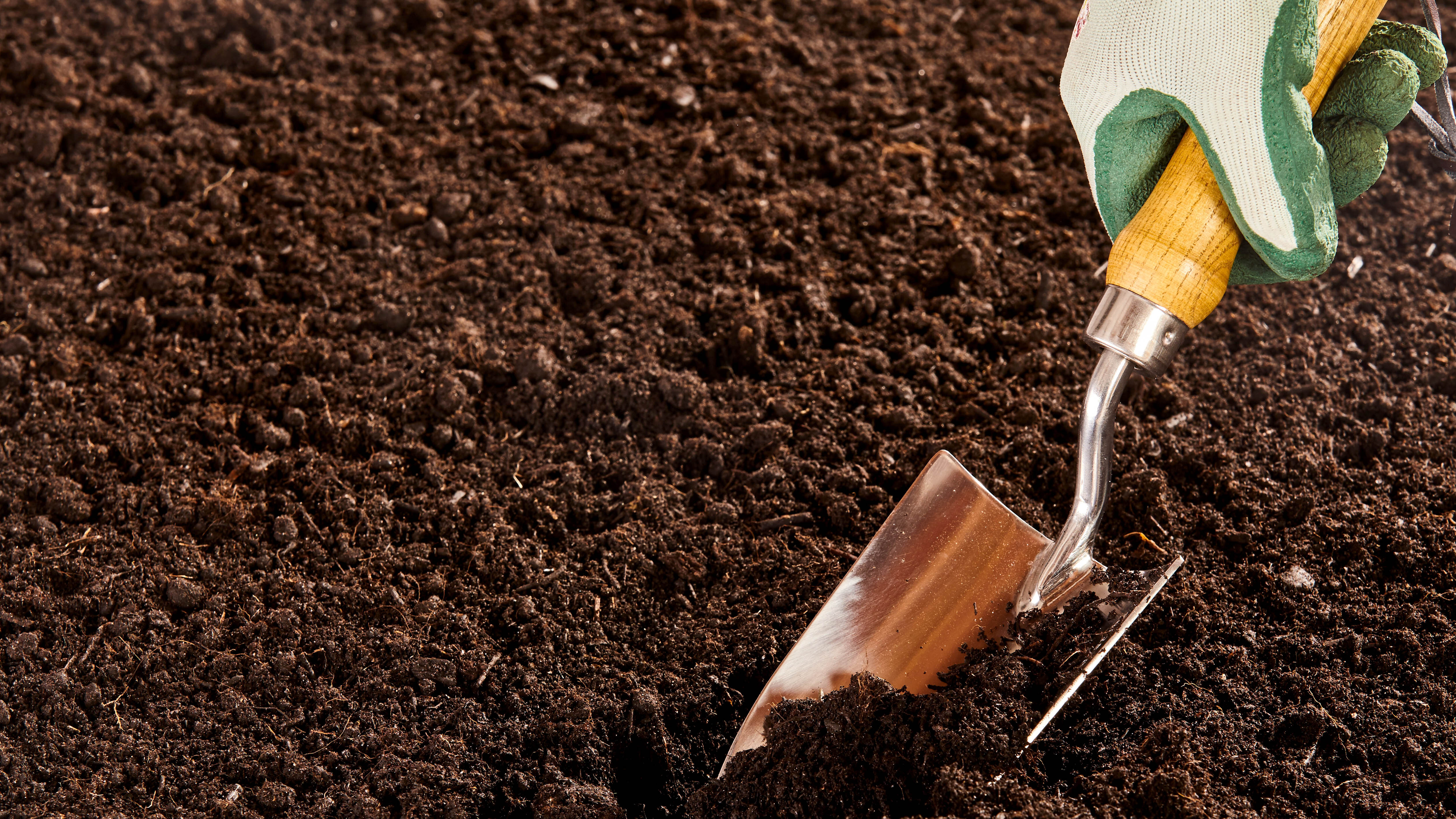
Before spring planting, you need to get the soil ready in your garden beds. Your soil may be in poor condition due to frost from the winter, which makes it become compacted. In this case, you need to till or loosen the soil by turning it over with a tiller or spade. It’s advised to dig in a depth of 12-14 inches to work the soil and loosen it up.
Afterwards, add a fresh layer of mulch or compost to improve the surface of the bed. Rake the soil until it’s all level and lightly water it to help it settle. Organic mulch contains the right amount of nutrients to help with the growth of plants and flowers, and good for controlling weeds.
4. Start your vegetable plot
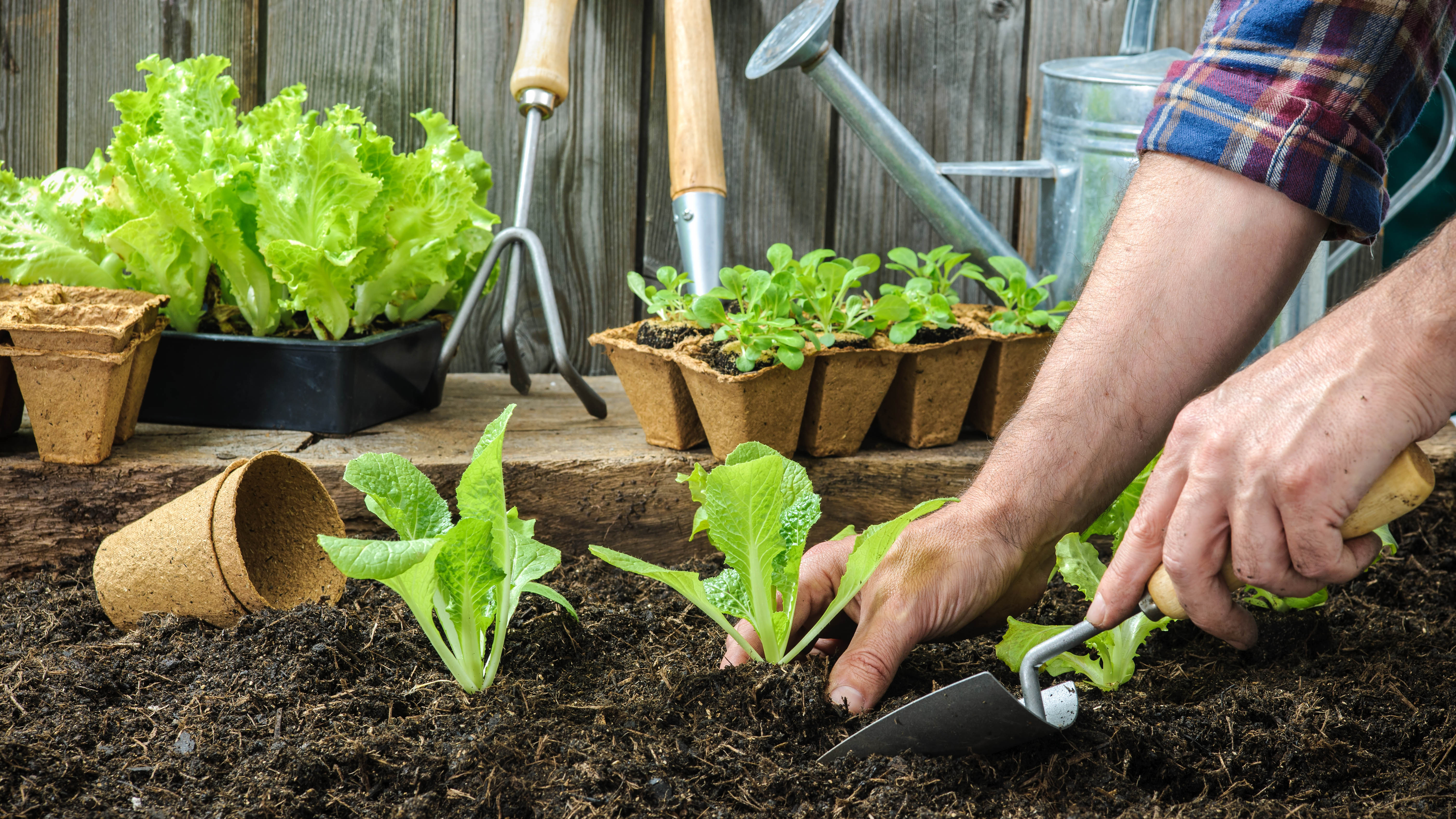
If you want organic veggies, now is the right time to plant. Hardy vegetables such as potatoes, peas and some lettuces grow well in cool soil. Bear in mind, that as soon as your soil reaches 42-degrees Fahrenheit, you can start to sow directly outside. Other veggies you can sow include carrots, arugula, spinach, leeks and beetroots. By planting these vegetables now, they should be ready to eat by early summer.
5. Refresh or repair your fences
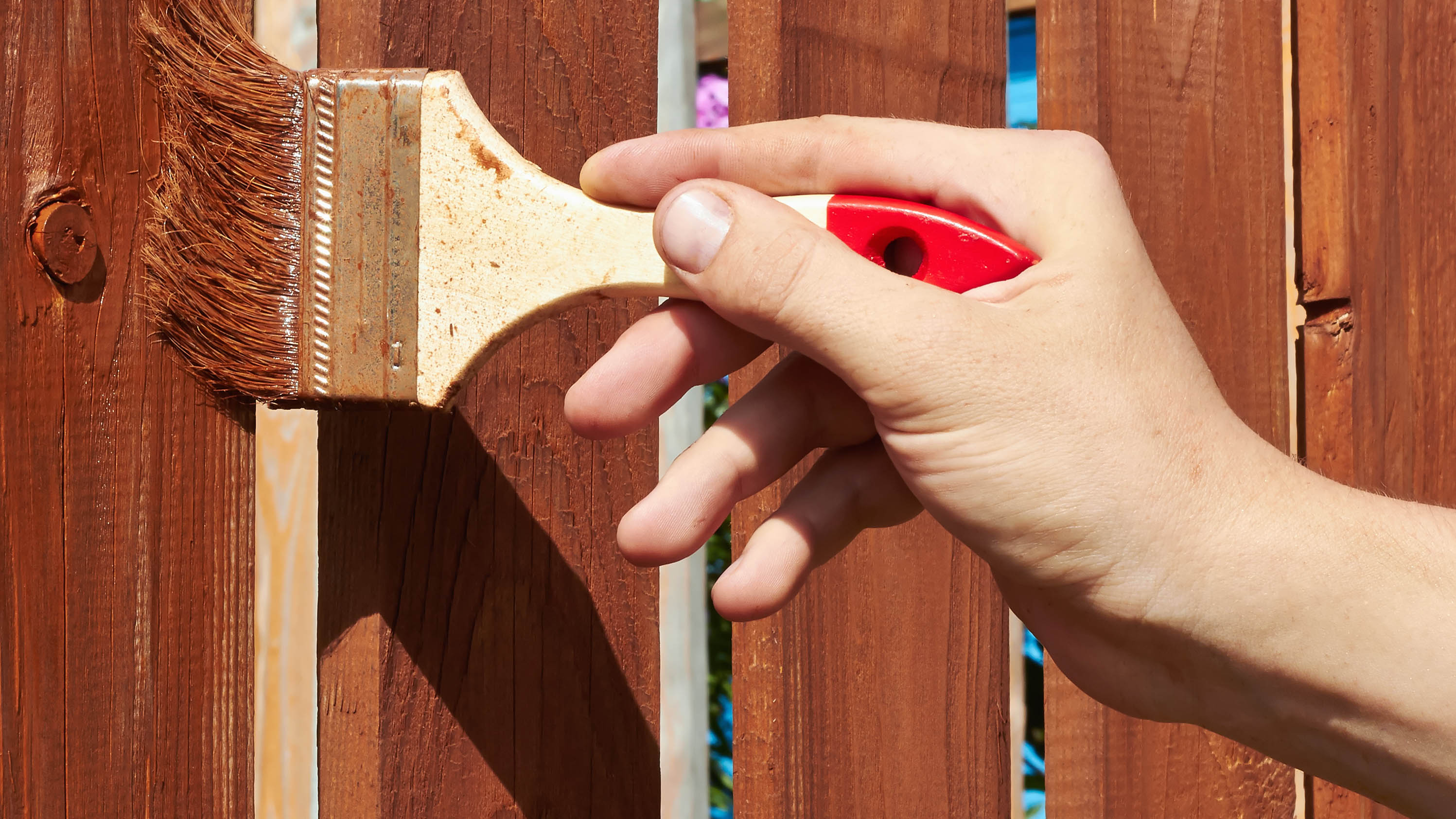
The winter elements such as rain, snow or winds can take its toll on our fences or boundaries. Now is the time to do any repairs or even a fresh coat of wood stain or paint to brighten up the garden. Depending on the type of fence you have, use a suitable, pressure washer to remove dirt or mildew.
In addition to strong fences, secure your metal posts, gates and trellises to prevent any damage. Plus, you need to safeguard your new blooms and vegetables from foxes, dogs or other animals.
For all the latest Technology News Click Here
For the latest news and updates, follow us on Google News.
